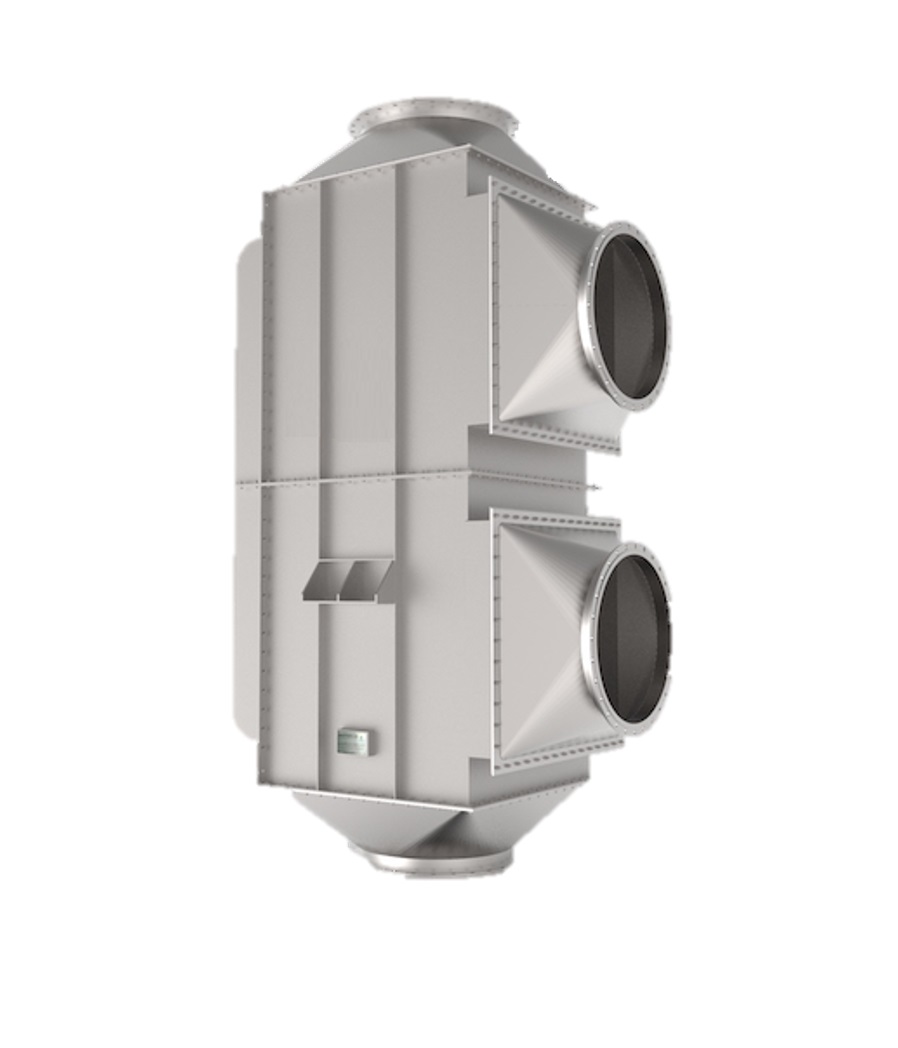
Air Pre-heater
Types of Air Pre-heaters
1.
Recuperative Air Pre-heaters:
Recuperative
air pre-heaters are popular choices for API fired heaters due to their
simplicity and effectiveness. Two primary types are commonly used:
a. Tubular Air Pre-heaters:
Tubular air pre-heaters consist of a
bundle of tubes through which the flue gas flows, while the combustion air passes
outside the tubes. Heat transfer occurs through the tube walls, efficiently
heating the incoming air. These pre-heaters are robust and suitable for
high-temperature fired heater applications.
b. Plate Air Pre-heaters:
Plate air pre-heaters employ a series of
flat plates arranged in a compact configuration. Flue gas and combustion air
pass through alternate channels, facilitating efficient heat transfer. Plate
air pre-heaters offer high heat transfer efficiency, lightweight construction,
and compact design.
2.
Regenerative Air Pre-heaters:
Regenerative
air pre-heaters operate on a different principle, utilizing a heat storage
medium to transfer heat between the flue gas and combustion air. Two common
types are used in API fired heaters:
a. Rotary Regenerative Air Pre-heaters:
Rotary regenerative air pre-heaters
feature a rotating matrix or wheel made of heat-absorbing material, such as
ceramic or metal. The wheel alternately passes through the hot flue gas and
incoming combustion air streams, effectively storing and transferring heat.
These pre-heaters offer excellent heat recovery efficiency and are suitable for
high-capacity fired heaters.
b. Fixed Regenerative Air Pre-heaters:
Fixed regenerative air pre-heaters employ
a stationary matrix or bed of heat-absorbing material. The matrix absorbs heat
from the flue gas and transfers it to the combustion air during heating and
regeneration cycles. Fixed regenerative air pre-heaters are cost-effective and
find application in smaller fired heaters.
3. Direct
Contact Air Pre-heaters:
Direct
contact air pre-heaters, also known as air heaters or heat wheels, are commonly
used in API fired heaters. These pre-heaters employ water or a water-based
fluid to directly cool the flue gas and heat the incoming combustion air
through direct contact. Direct contact air pre-heaters offer high heat transfer
efficiency, compact design, and are suitable for high-temperature fired heater
applications.
Summary
Selecting the appropriate air pre-heater type for API fired heaters depends on various factors, including specific requirements, operating conditions, space constraints, and cost considerations.
Employing the right type of air
pre-heater optimizes energy efficiency and maximizes the performance of fired heaters.
Understanding the advantages and limitations of each type is crucial for
efficient fired heater operation and achieving sustainability goals in
industrial processes.